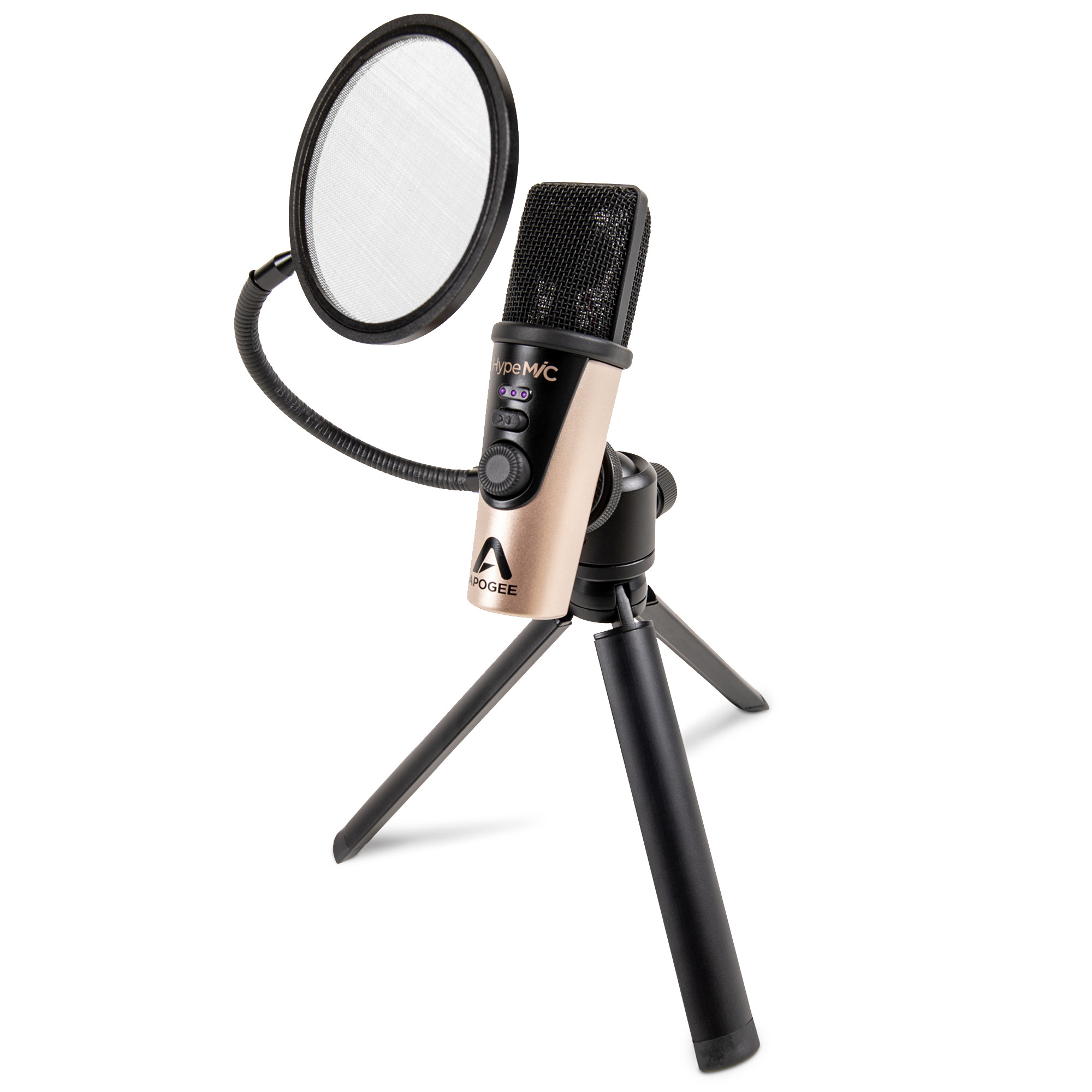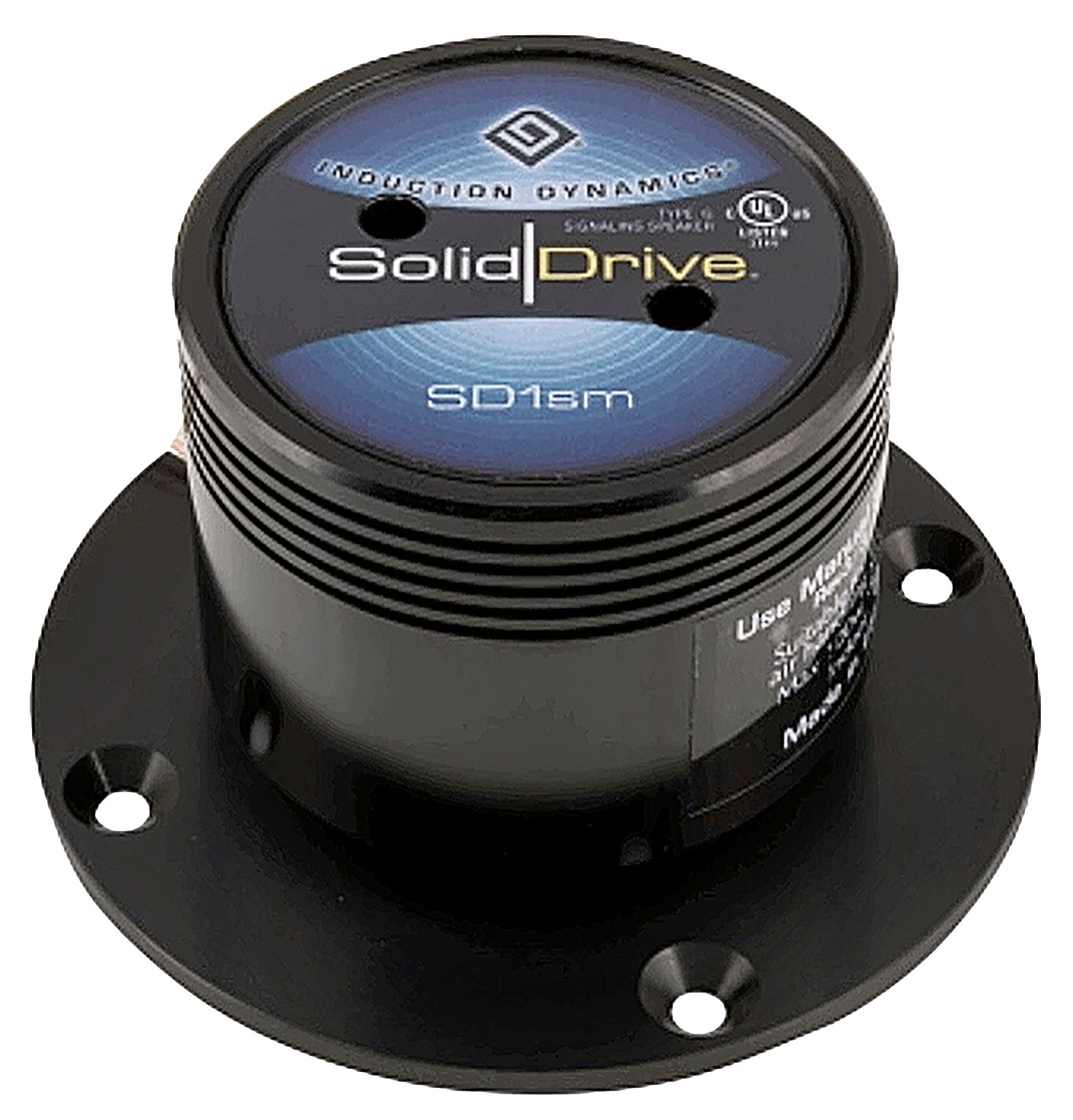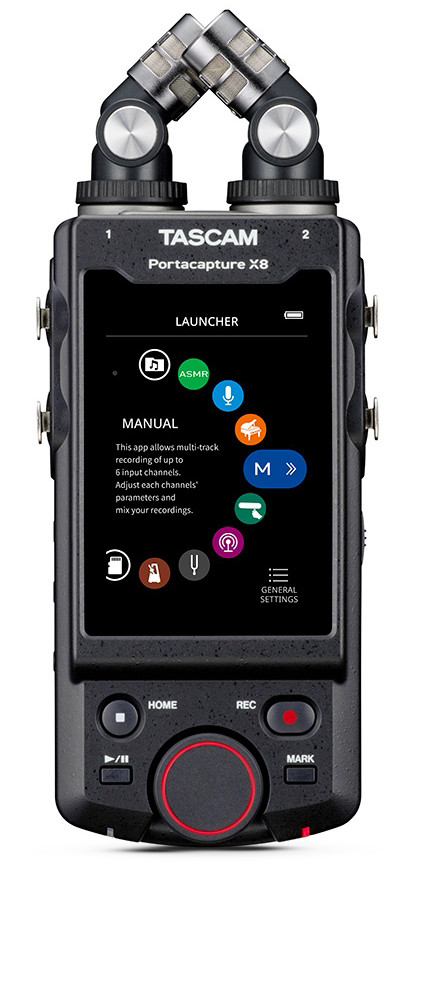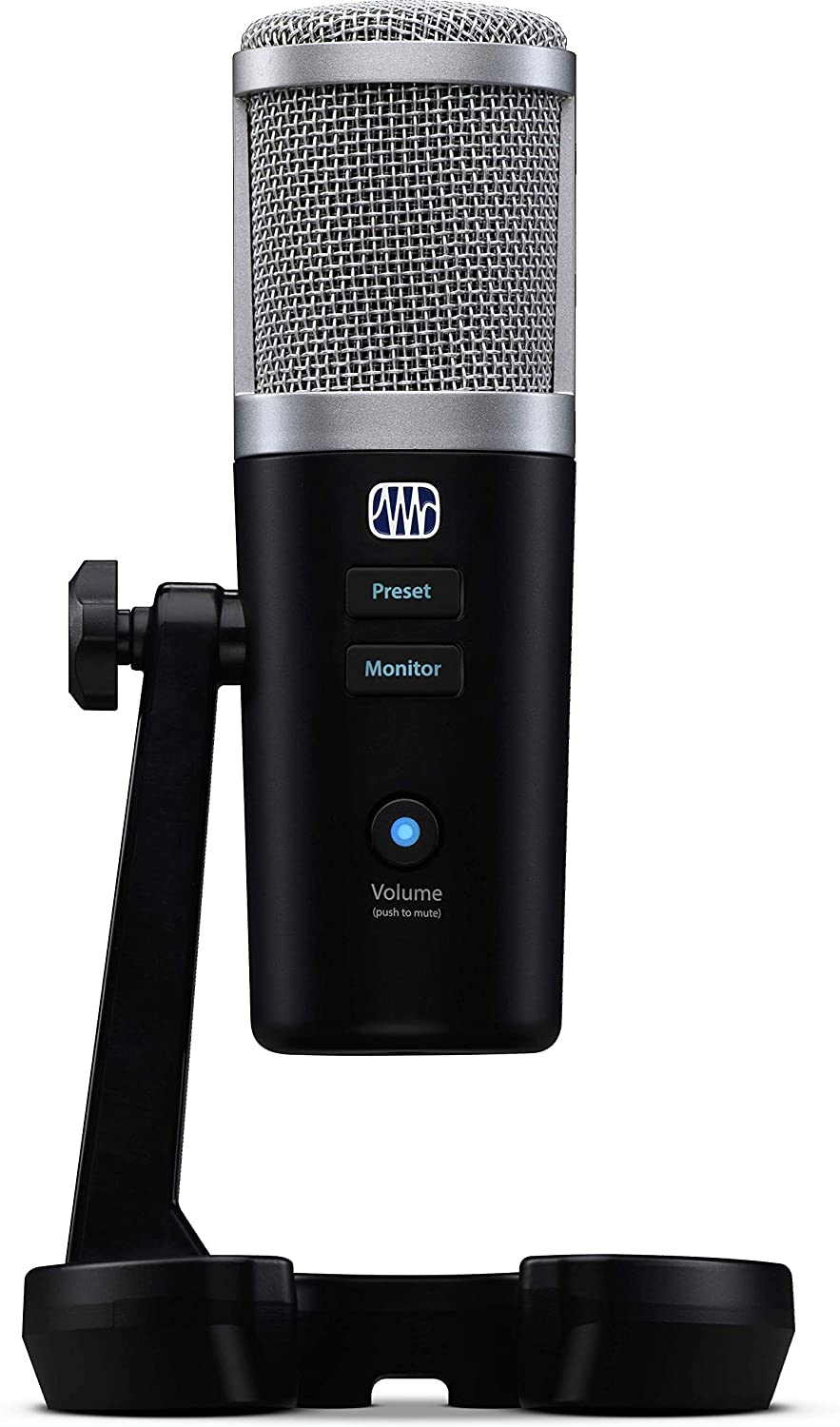How the Pandemic Impacted Pro Audio
Professional gear works its way down-market

It is often difficult to see the scope of major change when one is living through it. As professional video continues its rapid pace toward smaller, better quality and cheaper production gear, pro audio has expanded even further—at a similar lightning-speed pace.
Though audio has always been thought of as the stepchild of video, professionals know that the quality and creative production of sound is every bit as important as the image quality of video. Perhaps even more so in this new era of compelling immersive, surround sound.
Not only did the pandemic accelerate the trend of moving audio production away from the studio to the home and office, it also necessitated the training of a new group of sound producers— creative people who previously depended on engineers for their work suddenly had to learn recording skills on their own. These two years of relative isolation caused a sea change in the ways we record, produce and reproduce sound.
Pro Technology for the Masses
As computers got more powerful and networking more reliable, audio production tools got even better, cheaper and simpler to use by the masses. Software replaced hardware and became almost indistinguishable in quality from the best vintage audio components of an earlier era.
Audio advancements came in several key areas—ranging from advanced recording techniques to “invisible” immersive sound installations for reproducing sonic images. Virtually no area of audio reproduction escaped this rapid change during the pandemic.
Back in 1971, when the first four-channel quad sound systems were introduced for home use, installations included four huge loudspeakers—one in each corner of the room. The sheer bulk of the gear was an Achilles heel that caused quad technology to fail commercially. Jac Holzman, one of the fathers of the quad movement, recalled that women, in particular didn’t like seeing all that gear in their living spaces. That is no longer the case.
Today, hidden audio transducers can be used to generate invisible immersive sound just about anywhere in a home or commercial environment. Such technology has been around for decades, installed mostly in military, theme park and commercial industries. Now, many manufacturers have introduced lower-cost “invisible” audio systems that work anywhere, including whole-house audio, home theater and “butt shaker” gaming systems.
The professional video industry's #1 source for news, trends and product and tech information. Sign up below.

For example, MSE Audio’s SolidDrive brand offers various products to transform rigid and semi-rigid surfaces—including drywall, glass and wood—into audio reproducers. Clark Synthesis, another transducer manufacturer, makes devices designed to drive large surfaces, such as seats and floors. These are calibrated to add the tactile sense that is missing from music and movie soundtracks. The company even makes underwater speakers developed to deliver audio to swimming pools.
On the production side of pro audio, Tascam has broken new ground in size and functionality with its Portacapture X8, a six-channel handheld audio device with more features than ever before available in a small, one-pound portable recorder. The recorder uses a new launcher icon system with a 3.5-inch color touch panel that allows smooth navigation to select the best audio settings for a range of audio applications, including basic multitrack recording, podcasting, music, voice (interviews, vlog), field recording and ASMR.

The recorder, with premium dual AD converters, provides a preset level setting to achieve a wide dynamic range and 32-bit float point recording technology. The result is simple-to-make recordings with uncompromised audio quality—even with incorrect levels. The days of riding gain are over with this recorder, since any amateur can get perfect results.
Capturing Sound
The pandemic has also had a major effect on microphones. As recordings have rapidly moved from well-treated recording studios to non-treated home and location venues, dynamic microphones have become more desirable. This is because lower-level dynamic mics tend to reject background noise and sound better in poor acoustic conditions than far more sensitive condensers.
During the pandemic, sales soared for Shure’s SM7B, a popular radio, podcast and vocal mic that works well in just about any sonic environment. As a result of the dramatically increased sales, a slew of similar competitor dynamic microphones have been introduced to compete with the 7B. Many choices of dynamic “podcast” mics are now available, designed mainly for spoken word recording.

Another major new microphone trend is the integration of software production tools into the microphone itself. An example of this is the new Presonus Revelator Dynamic USB microphone, which adds customizable software presets to further polish the voice.
The mic even has a built-in mixer which allows the user to blend the voice with audio from other applications—like Zoom calls—and quickly build the preferred monitor, stream or podcast output. Apogee’s HypeMIC is a USB mic with built-in analog compression, allowing broadcast-quality recording of voice-overs, podcasts or music instruments without processing on iOS devices and laptops.

Finally, with the increased popularity of audio production, distribution outlets have dramatically increased. Smart speakers in the home, mobile smartphones and podcasting are leading the explosion in audio popularity. Clubhouse, a fast growing internet platform with more than 10 million users, is attempting to create social audio. All audio content on Clubhouse is live, designed to significantly lower the entry barrier and encourage more people to speak up and voice their opinions.
Back when I covered the MIT Media Lab under Nicholas Negroponte in the 1990s, he famously said consumers have more “ear time” than “eye time.” Because of this, he predicted an explosion of audio-only content made by the masses. He was dead-on correct and we have reached that point today.
Audio recording now is almost as popular as the old family photo snapshot. The pandemic has propelled production in ways we do not yet fully understand.
Frank Beacham is an independent writer based in New York.

